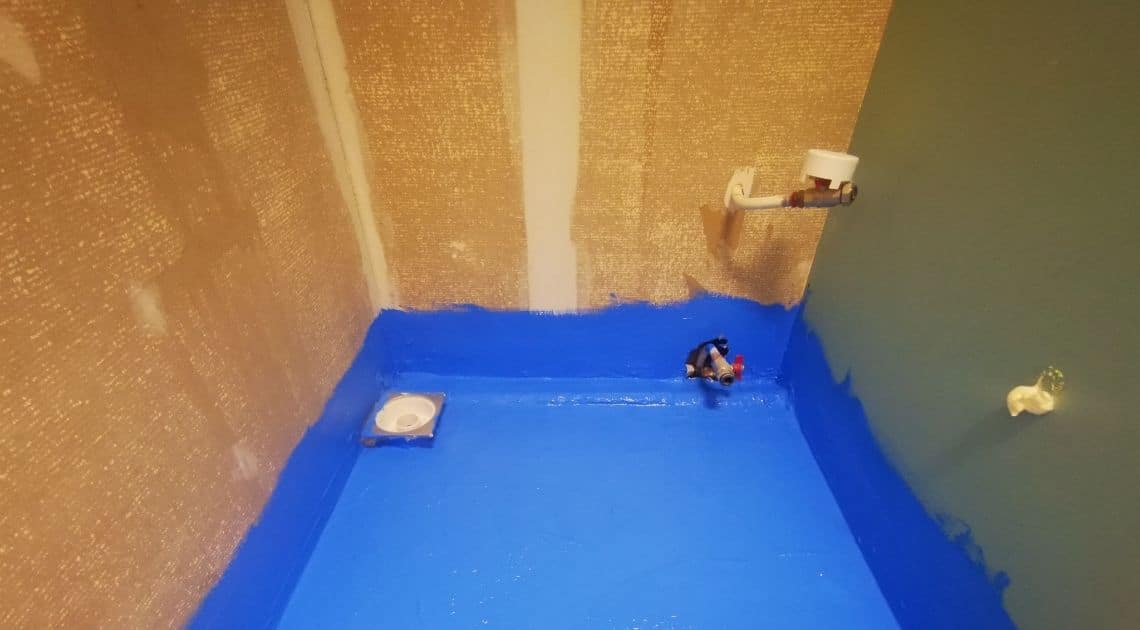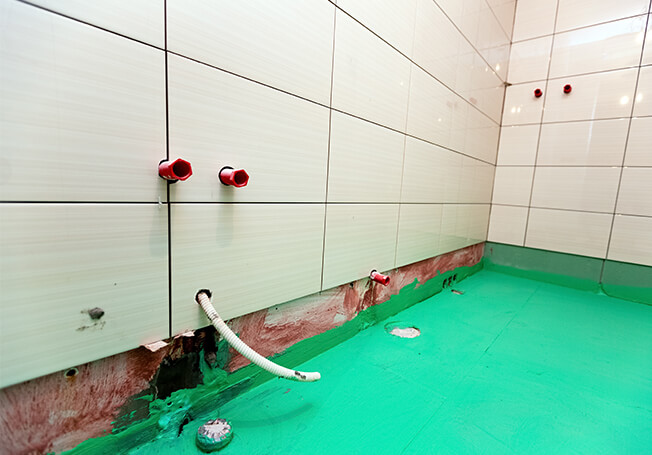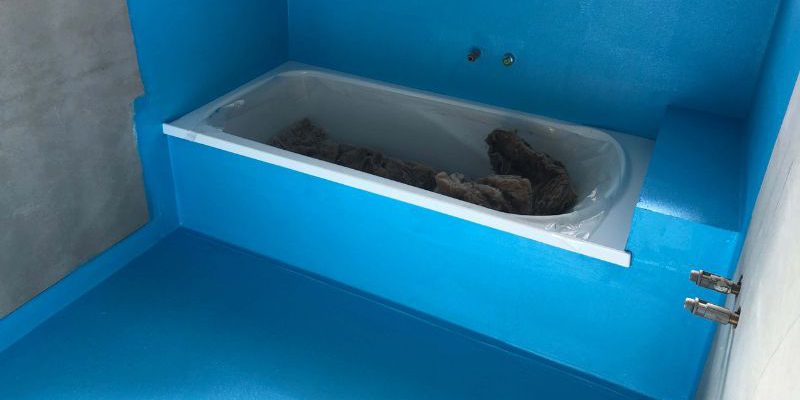If you are going to have a new house in Australia, firstly, congratulations. Secondly, have you wondered whether the bathrooms in your house have been waterproofed according to Australian standards or not? In this article, let’s see what criteria a house in Australia needs to meet, why is it necessary to meet that criteria, and what could happen if the same is not done.
According to Australian housing standards, it is really important for the bathrooms in your house to have a waterproof barrier installed around the bathroom walls and floors. It is this waterproof barrier that stands between water from getting into the substructure of your house or not. If this waterproof barrier isn’t installed or is incorrectly installed, the water penetration can cause significant structural damage to the bathrooms in your house.
What is a Waterproof Barrier?
Before we go into the details about the standards and the necessary criteria for waterproofing the bathroom in a house in Australia, let’s see what is this waterproof barrier that we are talking about.
 A waterproof barrier, also known as a water-resistant barrier or moisture barrier, is a material or system designed to prevent the infiltration of water or moisture into a building or structure. It serves as a protective layer, typically installed on the exterior side of walls, roofs, or foundations, to keep water from penetrating the building envelope and causing damage to the structure or interior spaces.
A waterproof barrier, also known as a water-resistant barrier or moisture barrier, is a material or system designed to prevent the infiltration of water or moisture into a building or structure. It serves as a protective layer, typically installed on the exterior side of walls, roofs, or foundations, to keep water from penetrating the building envelope and causing damage to the structure or interior spaces.
The primary purpose of a waterproof barrier is to protect the building from water-related issues, such as:
- Water Damage: Preventing water infiltration helps avoid water damage to the building’s structure, including rotting of wood, corrosion of metal components, and deterioration of building materials.
- Mould and Mildew Growth: Water that seeps into the building can lead to the growth of mould and mildew, which can negatively impact indoor air quality and pose health risks to occupants.
- Energy Efficiency: By minimizing water intrusion, a waterproof barrier helps maintain the building’s insulation properties, reducing the risk of energy loss and contributing to energy efficiency.
- Enhanced Durability: Proper waterproofing measures can extend the lifespan of the building by protecting it from the effects of weather and water exposure.
What are the waterproofing bathroom Australian Standards?
Now, let’s talk about the actual highlight of this whole article. What are the various waterproofing bathroom standards for an Australian house? We’ll also see why is it necessary to adhere to these standards.
 The waterproofing standards for bathrooms of houses in Australia are defined under AS 3740. AS 3740? That sounds complex. We’ll break it down for you.
The waterproofing standards for bathrooms of houses in Australia are defined under AS 3740. AS 3740? That sounds complex. We’ll break it down for you.
Key aspects covered by AS 3740 include:
- Scope: The standard outlines the areas that require waterproofing within residential buildings and specifies the types of wet areas where waterproofing is necessary.
- Design and Construction: It provides guidance on the design and construction of waterproofing systems, including the materials to be used and the correct application techniques.
- Surface Preparation: AS 3740 addresses the preparation of surfaces before applying waterproofing products to ensure proper adhesion and performance.
- Waterproofing Membranes: The standard specifies the requirements for waterproofing membranes and the methods of installation.
- Drainage: It covers the installation of drains and the correct slope for drainage in wet areas to prevent water pooling.
- Junctions and Penetrations: AS 3740 includes guidance on waterproofing at junctions and penetrations, such as wall-to-floor connections, corners, and pipe penetrations.
- Quality Assurance: The standard outlines quality assurance measures to ensure the effectiveness of the waterproofing system.
What happens when these standards for waterproofing are not met?
Now, this is the most important part. What happens if you fail to meet the standards required for waterproofing the bathrooms of your house? Now, of course, there’s the possibility of termites and moulds growing in the bathroom. But what else? The standards for waterproofing are important when a house evaluation is being carried out. For instance, if the bathroom floor feels spongy underfoot, your home will be deemed “not fit” for buying. This can have a really bad effect on the property value of your house. Not meeting the standard requirements can result in a significant decrement in the property value as potential buyers or tenants may consider the space less desirable due to its limitations.
 Another issue that may arise, is the violation of the building code. How? In some jurisdictions, there are building codes and regulations that dictate the waterproofing requirements for certain types of spaces. Failing to meet these standards can result in code violations and may require costly modifications to install proper water-proofing equipment in the bathroom.
Another issue that may arise, is the violation of the building code. How? In some jurisdictions, there are building codes and regulations that dictate the waterproofing requirements for certain types of spaces. Failing to meet these standards can result in code violations and may require costly modifications to install proper water-proofing equipment in the bathroom.
What’s the solution?
If reading all of these has troubled you with the thoughts of whether your house meets the standards or not, we recommend you hire a building inspector. Having a house inspection will resolve all of your doubts and also make sure that you don’t have to face any setbacks of not meeting the standards for ceiling heights.
FAQs
Is it necessary for all houses in Australia to adhere to the ceiling height standard?
Yes. All houses in Australia must adhere to the bathroom waterproofing standard to prevent water damage and ensure safety and structural integrity.
What are the steps taken by regulatory bodies in case not found adhering to the set criteria for bathroom waterproofing in Australia?
Fines, penalties, or stop-work orders can be imposed by regulatory bodies for not adhering to set bathroom waterproofing criteria in Australia.
What/Who is a building inspector?
A Building Inspector is a professional who inspects buildings to ensure they meet safety and code requirements.
Who made the AS 3740 for bathroom waterproofing standards in Australia?
Standards Australia made the AS 3740 for bathroom waterproofing standards in Australia.

